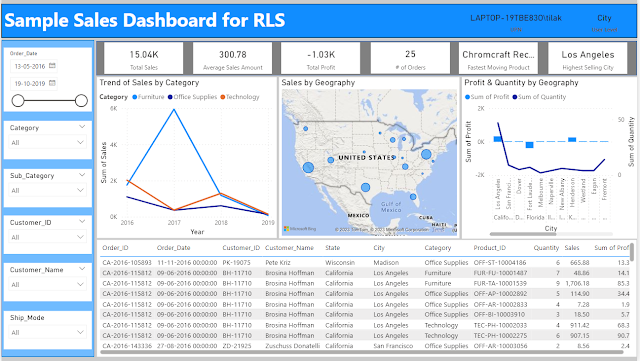In OBIEE we can join tables present in different Schema and Connection Pool. However there is a possibility of performance issue in such case. Using Driving Table can be solution for that.
In this blog I am going to demonstrate how we can use Driving Table, and what is the impact of it.
To start with I am using the fact SAMP_REVENUE_F from BISAMPLE schema.
I am going to join it with SAMP_OFFICE_D in the same schema
And EMP_D which is present in a different schema.
The concept of Driving table is useful specifically if we are joining 2 tables which are in different schema and one of them has less number of rows.
I am using 2 dimensions one present in the same schema and another in different schema to showcase the difference in join.
Next I have imported all 3 into the physical layer and joined them.
Next I create a BMM and put them into it and create logical fact and dimension tables.
The Logical / Complex join between Fact - Revenue and Dim - Office is like a usual Logical / Complex join in BMM.
To showcase the difference in query with / without Driving table first I am doing the Complex join between Fact - Revenue and Dim - Employee is like a usual Logical / Complex join in BMM.
Let me create a simple report to test it out.
In the session log we can see 2 different SQL queries have been fired for 2 different schema which have no connection in between.
Now let me define the Driving Table in the complex join. As in this case EMP_D has less number of rows, I am using it as the Driving Table.
And in the back end SQL query we can find a additional in statement using parameters.
And this makes the difference in performance.















I feel there is a need to provide and look for more and more aspects of Tableau and many other programs and aspects.
ReplyDeleteTableau Rest API Connection
It is the intent to provide valuable information and best practices, including an understanding of the regulatory process. Drive test
ReplyDelete